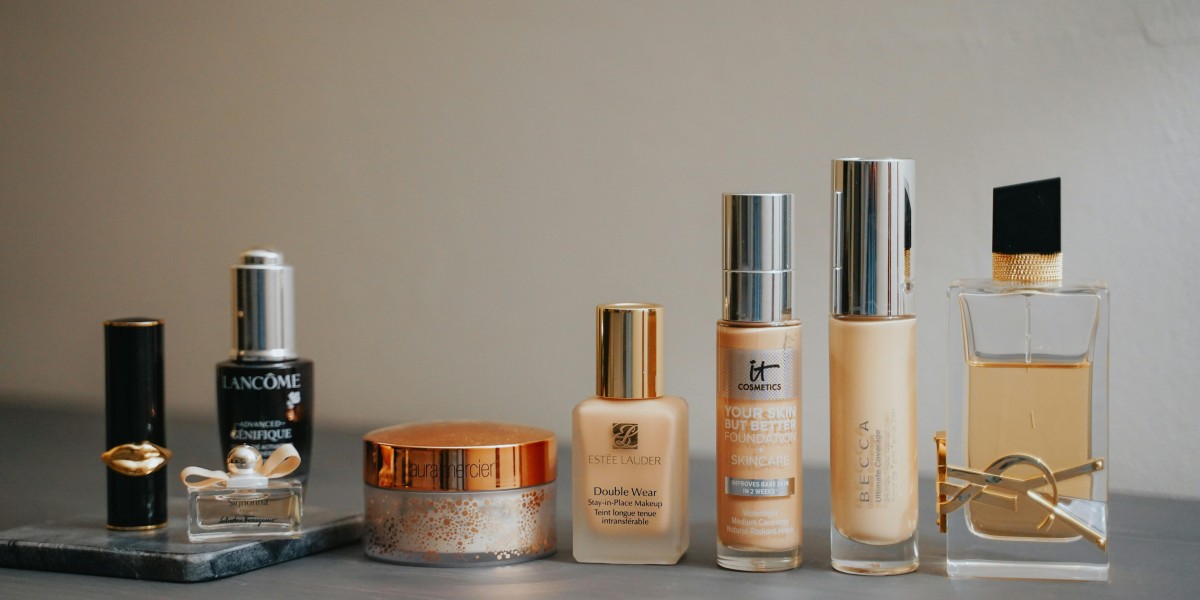Perfume is more than a pleasant fragrance—it is a language, a form of storytelling that speaks directly to our emotions, memories, and identity. Every perfume has layers, complexities, and nuances that reveal themselves over time. This unique evolution is made possible by perfume notes, the structured building blocks of every fragrance.
Whether you’re new to perfumes, fascinated by the art of scent, or searching for your next signature women’s fragrance oil, learning to decode perfume notes allows you to appreciate fragrance at a professional level. In this guide, we’ll dive deep into the structure of perfumes, the science behind notes, and how you can sharpen your nose to recognize them like a pro.
Understanding the Foundation: What Are Perfume Notes?
At its core, a perfume is an aromatic composition made of natural and synthetic ingredients. These ingredients, when layered strategically, create harmony and movement. The different layers of ingredients are called perfume notes.
Perfume notes are categorized into three levels:
Top Notes – The initial impression, light and volatile.
Heart (Middle) Notes – The body of the perfume, rich and lasting.
Base Notes – The foundation, deep and long-lasting.
Each of these plays a role in shaping how the perfume develops over time. Without this balance, a fragrance would either vanish too quickly or feel incomplete.
The Three Layers of Perfume Notes
1. Top Notes – The Opening Act
Top notes are the first scents you smell when you spray a perfume. They are fresh, light, and volatile, evaporating quickly. Think citrus fruits, herbs, and light florals.
Examples of top notes: lemon, bergamot, grapefruit, lavender, basil.
These notes act as the first impression. If you spray a women’s fragrance oil with sparkling mandarin and pink pepper, that burst of freshness you notice instantly is the top note.
2. Heart (Middle) Notes – The Core of the Fragrance
As the top notes fade, the heart notes emerge, forming the true identity of the perfume. These scents are usually floral, spicy, or fruity, and they last longer than the top notes.
Examples of heart notes: rose, jasmine, ylang-ylang, cinnamon, nutmeg.
Heart notes bridge the bright opening and the deep base, creating balance. For example, a floral perfume might pair jasmine and rose at its heart, giving it romantic warmth.
3. Base Notes – The Long-Lasting Memory
Finally, as the heart notes settle, the base notes appear. These are rich, deep, and grounding scents that linger for hours—even days—on skin or clothing.
Examples of base notes: sandalwood, patchouli, amber, vanilla, musk.
If you’ve ever worn a perfume and found yourself still smelling hints of warm vanilla the next day, you’ve experienced the magic of base notes.
The Science Behind Perfume Notes
Why do perfumes evolve instead of staying the same? The answer lies in volatility. Different molecules evaporate at different rates:
Top notes are lightest, evaporating within 15 minutes.
Heart notes last around 2–4 hours.
Base notes can linger for 6–24 hours.
This evolution creates a “fragrance journey.” For example, a perfume may open with zesty lemon (top), transition into velvety rose (heart), and finally settle into warm sandalwood (base).
This layered composition is why perfume is often compared to music, with notes working together like instruments in a symphony.
Decoding Perfume Families Through Notes
To truly understand perfumes like a professional, you need to recognize which families certain perfume notes belong to. Each family has its own personality and mood.
Floral Family – Roses, jasmine, lilies; feminine, romantic.
Citrus Family – Lemon, bergamot, orange blossom; fresh, vibrant.
Oriental Family – Spices, vanilla, amber; warm, sensual.
Woody Family – Sandalwood, cedar, patchouli; earthy, grounding.
Gourmand Family – Chocolate, caramel, coffee; sweet, edible.
For example, a women’s fragrance oil with vanilla (base) and rose (heart) belongs to both the gourmand and floral families, creating a complex and multi-layered scent.
Why Understanding Perfume Notes Matters
Decoding perfume notes helps you:
Choose better perfumes: Instead of relying on advertising, you’ll understand if a perfume matches your personality.
Enhance layering: By combining perfumes or women’s fragrance oils, you can create unique blends.
Improve longevity: Recognizing base notes helps you choose fragrances that last all day.
Discover your signature scent: You’ll know if you prefer bright citrus, elegant florals, or mysterious woods.
How to Train Your Nose Like a Perfume Expert
Learning the language of scent takes practice. Here are some professional tips:
Smell perfumes in stages: Notice the changes after 10 minutes, 1 hour, and 4 hours.
Compare single-note oils: Try jasmine oil, sandalwood oil, or lavender separately to train recognition.
Keep a scent journal: Write down your impressions of perfumes and their perfume notes.
Use women’s fragrance oils: Oils develop slower than sprays, giving you more time to identify layers.
Test on skin, not paper: Perfumes interact with body chemistry, changing how notes unfold.
Common Mistakes When Reading Perfume Notes
Judging too quickly: Many people dismiss a fragrance after smelling only the top notes.
Not considering body chemistry: The same perfume smells different on two people.
Over-spraying: Too much perfume overwhelms the nose and makes note separation harder.
Ignoring concentration: An eau de parfum has stronger base notes than an eau de toilette.
By avoiding these mistakes, you’ll develop a more refined nose and enjoy perfumes on a deeper level.
Women’s Fragrance Oils vs Alcohol-Based Perfumes
Many perfume lovers are turning to women’s fragrance oils as an alternative to traditional sprays. But what makes them different?
Longevity: Oils last longer on skin since they evaporate slower.
Purity: Oils contain fewer fillers and more concentrated ingredients.
Skin-friendly: They’re less likely to dry out skin compared to alcohol-based perfumes.
Subtle evolution: Oils reveal their perfume notes more smoothly, with less volatility.
For someone learning to decode perfume notes, oils are a fantastic choice because they allow you to experience each stage in a slower, more noticeable way.
Choosing Your Signature Perfume Through Notes
When searching for your signature scent, focus on these questions:
Which top notes instantly make you feel refreshed?
Which heart notes align with your personality? (e.g., floral for romance, spice for boldness)
Which base notes linger and comfort you the most?
For example, if you adore jasmine and rose (heart notes) but also love a vanilla base, you may gravitate toward floral-gourmand perfumes.
The Language of Scents in Everyday Life
Perfume isn’t just about luxury—it’s communication. Wearing the right fragrance can:
Boost confidence in social situations.
Create lasting impressions in professional settings.
Trigger emotional connections through memory recall.
By understanding perfume notes, you’re essentially learning a silent yet powerful language—a way of expressing yourself without words.
Conclusion
Perfume is poetry in a bottle, written in the language of perfume notes. From sparkling top notes to seductive base notes, every fragrance tells a unique story. By learning to decode these layers, you gain the ability to appreciate perfumes on a deeper level, select fragrances with confidence, and even mix women’s fragrance oils to create something uniquely yours.
Mastering this knowledge transforms you from a casual wearer into a true connoisseur. Just as music lovers can distinguish instruments in a symphony, perfume lovers can train their noses to recognize the harmony of scents. The next time you wear your favorite fragrance, pause and listen to its story—you might discover a whole new dimension hiding in the notes.








